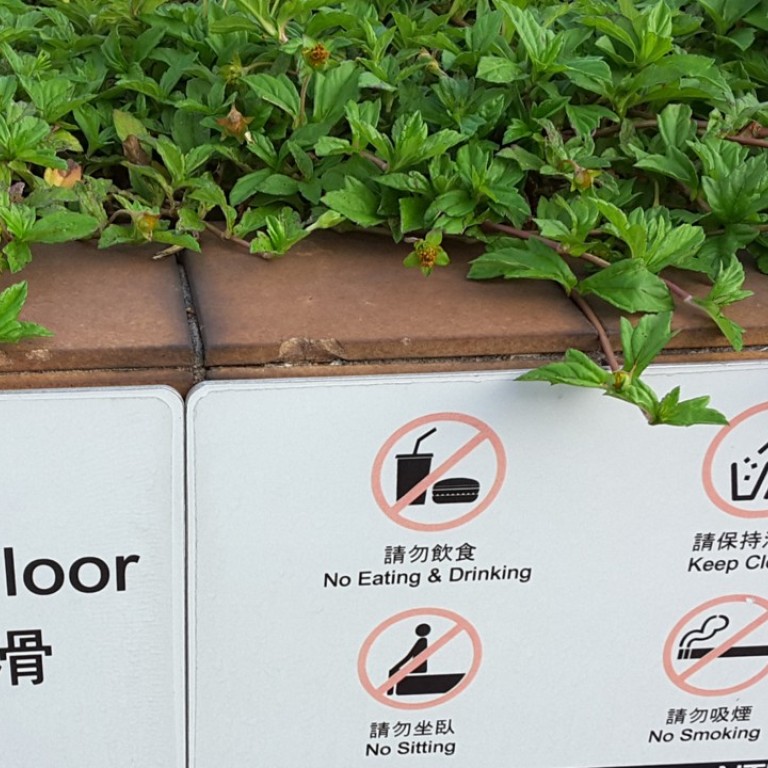
Public spaces should truly be for the people
- An audit of ‘public spaces’ in Hong Kong has returned disappointing results
- The current rules covering such spaces are for the sake of easy management
The term “public space” evokes images of open-air performances, civilised rallies and protests; or simply people enjoying themselves.
In Hong Kong, however, it is more associated with lifeless premises managed by the government or private developers under rigid rules.
The perception is further coloured by the recent row over busking in pedestrianised zones and open areas.

The court’s interim ruling in favour of Times Square banning busking at its piazza in Causeway Bay may have brought temporary reprieve to those who are put off by the crowds and noises.
But even if the site is ultimately deemed inappropriate for performance, there ought to be better ways to facilitate public enjoyment.
At present, part of the area is often taken up by commercial exhibitions, while the other side is just a passage way for office workers and shoppers.
The issues have been put into perspective in an audit of 93 sites conducted by a group called Public Space Initiative.
Although most of sites are open to the public, only about one-third have clear signs directing access. About half are considered having insufficient shelter against rain and heat. And only one in five sites have facilities for social activities.
Given the city’s poor track record in open space management, the findings are hardly surprising. But they raise valid questions over the best use of spaces.
The rules that only allow people to sit down or walk through the areas are clearly for the sake of easy management rather than public enjoyment.

Indeed, concerns over public space were first raised in 2008 after Times Square was found to have held profit-making activities on public space, while banning people from sitting or lingering in the area.
It is not unusual for developers to provide public space in return for commercial gains. The 32,500 sq ft piazza in Times Square was created to obtain 237,000 sq ft of extra floor space under a land deal in 1992.
Although there are government guidelines to follow, compliance is voluntary.
The study is a timely reminder that the situation has not improved over the past decade. Officials should work with developers to ensure that our public spaces can genuinely be enjoyed by the people.

